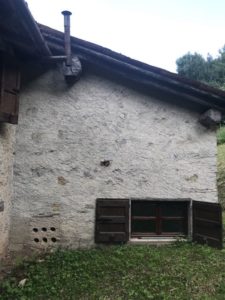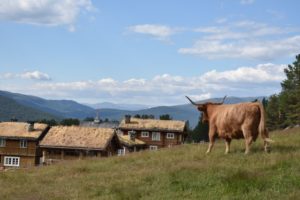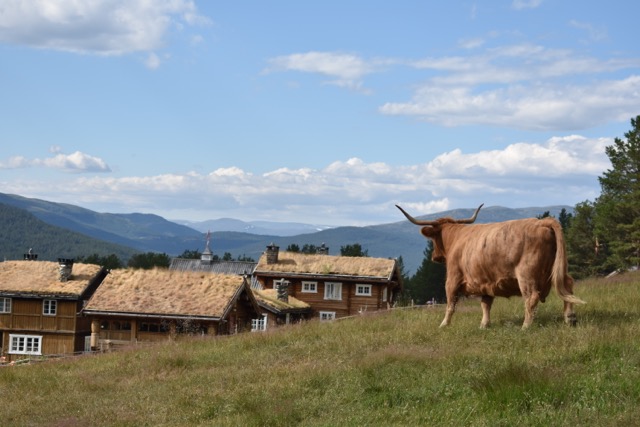Passive Environmental Control – while on holiday
I have just returned from nearly two months away – Italy and Norway, hot and cold (although Norway was surprisingly warm, as is Europe at the moment). In both countries I came across interesting, historical methods of passive environmental control.
In Italy, we went up into the mountains north of Bologna, to an old ‘baito’ which is the country/mountain house of friends. This building (first built around late 1500’s) was initially the main cheese house of the area and the original method of storing cheese in a cool place was not only still evident, but still being used by our friends as their ‘fridge’ as the house has no electricity.
A very simple system brings the cold outside air directly into the cupboard through several tubes built into the external wall. Rolls of fine steel (essentially steel wool) are kept inside the tubes to prevent insects, dirt, and other creatures from entering the cupboard. When the steel becomes rusty, it is replaced. A very effective, centuries old system that still managed to keep our cheese fresh during the visit – and our prosciutto, olives, wine…..



In Norway, I was intrigued to see many of the older houses, mainly in the mountain areas, with grass and plants growing over the roof. They were particularly evident on smaller buildings set slightly away from the main buildings. It turns out that this is a simple method of insulation. The thick grass (almost moss in some instances) provides a solid buffer against the cold of snow piling up on the roof, and also helps prevent leaks. The smaller buildings, which had small ground floors with wider first floors, were used as the food store for the dwellings – again, essentially a refrigerator.




